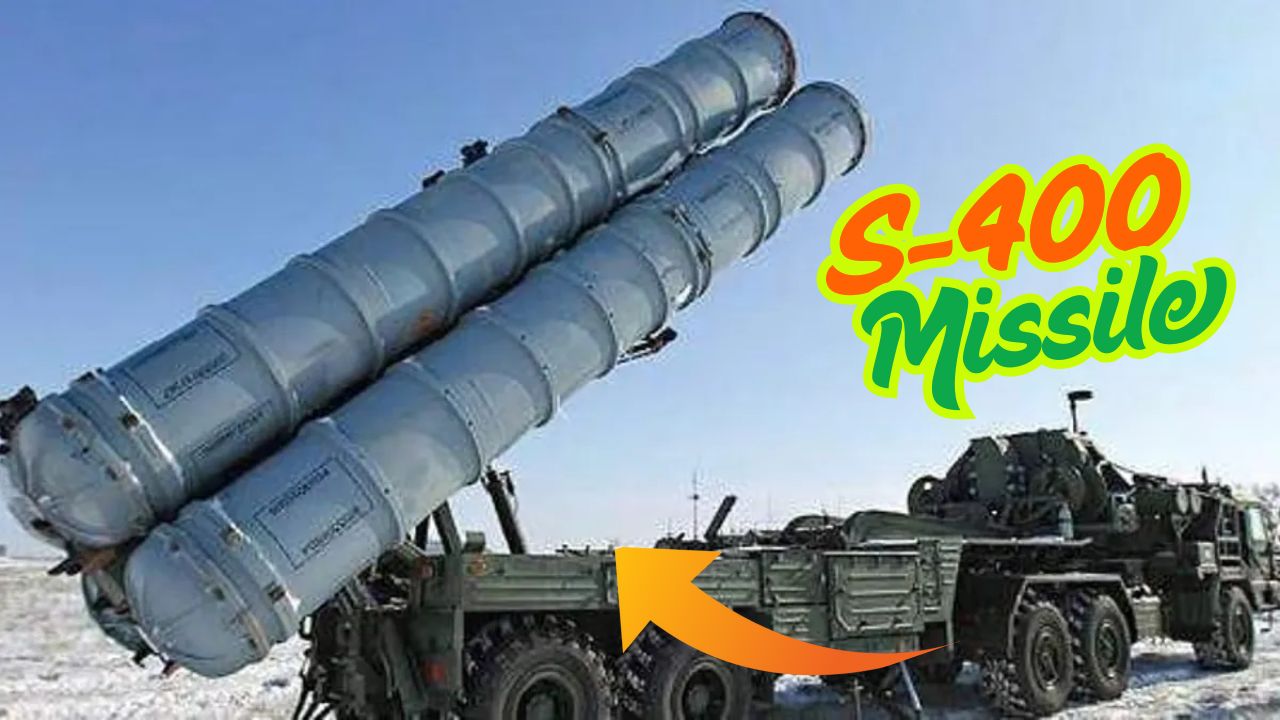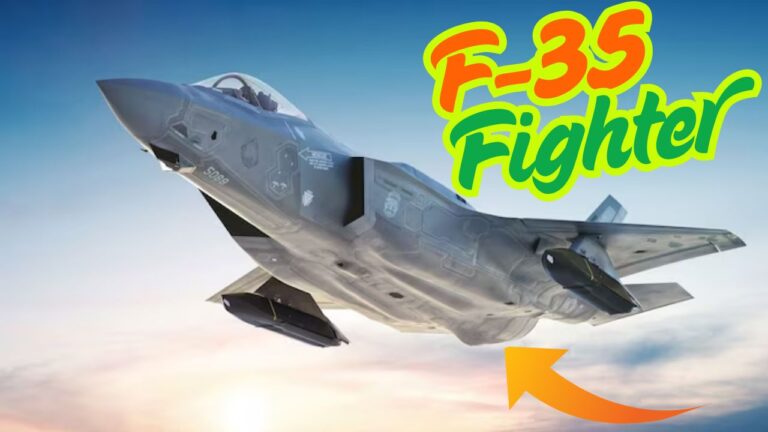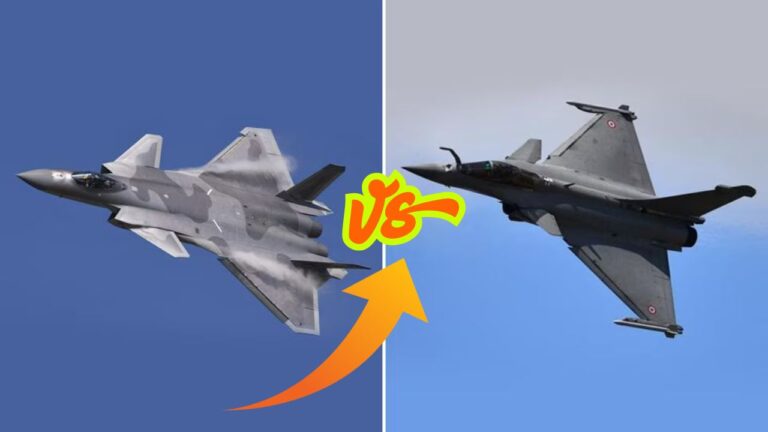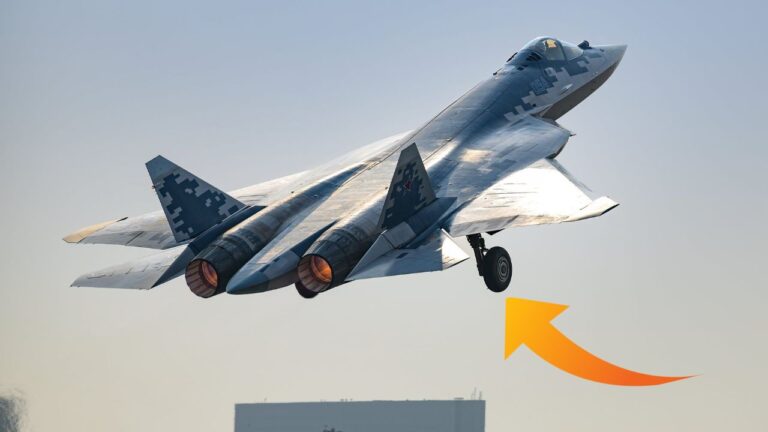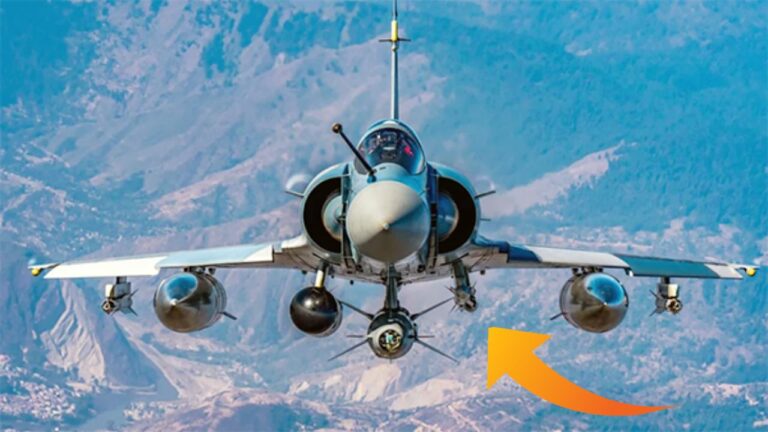S-400 Missile System Price in india, Specs and What it can do
The S-400 Triumf missile system is one of the most advanced air defense systems globally. Developed by Russia’s Almaz Central Design Bureau, it can detect, track, and destroy various aerial threats. This includes aircraft, cruise missiles, ballistic missiles, and stealth fighters. The S-400 marks a major advancement in defensive technology.
In 2018, India signed a significant deal with Russia to buy five units of the S-400 system. The contract is worth about $5.43 billion (around ₹35,000 crore). Adding the S-400 to India’s defenses has greatly improved its ability to protect its airspace, especially in tense border regions.
With its unmatched range, tracking accuracy, and flexibility to target at different altitudes and speeds, the S-400 is a game-changer for India’s air defense strategy. This article will detail the S-400’s price, specifications, and capabilities.
S-400 Missile System Price in india
India signed a deal in October 2018 to purchase five S-400 Triumf air defense systems from Russia for approximately $5.43 billion (around ₹35,000 crore) .
What is the S-400 Sudarshan Chakra?
The “S-400 Sudarshan Chakra” is a nickname or metaphorical reference used in Indian defense and media circles to describe the S-400 Triumf air defense system after its induction into the Indian Armed Forces.
The S-400 Triumf is a modern long-range surface-to-air missile system from Russia’s Almaz Central Design Bureau. It is one of the most advanced air defense systems in the world. The S-400 can detect, track, and neutralize many aerial threats, including drones, stealth aircraft, cruise missiles, and ballistic missiles. It does this with high precision.
Each S-400 squadron has two batteries. Each battery contains six launchers, a command-and-control unit, surveillance radar, and engagement radar. Each battery can handle up to 128 missiles, ensuring strong multi-layered defense.
In 2018, India signed a ₹35,000 crore (about $5.4 billion) deal with Russia for five squadrons of the S-400 system. Currently, three squadrons are fully operational, and two more are set for delivery by 2026. This significantly enhances India’s air defense capabilities.
Read More: Harpy Drone Price in India, Weight, Height and Specs
S-400 Missile System Specs
| Specification | Details |
|---|---|
| Name | S-400 Triumf |
| Country of Origin | Russia |
| Developer | Almaz Central Design Bureau |
| Type | Long-range Surface-to-Air Missile (SAM) System |
| Maximum Target Range | Up to 400 km (with 40N6E missile) |
| Minimum Target Range | 2 km |
| Target Altitude Range | 10 meters to 30 km |
| Max Number of Targets Tracked | Up to 300 targets simultaneously |
| Max Number of Targets Engaged | Up to 36 targets at once |
| Radar Type | 91N6E Big Bird Acquisition Radar, 92N6 Engagement Radar |
| Missile Types | 40N6E, 48N6E3, 48N6E2, 9M96E2 |
| Missile Speeds | Up to Mach 14 (depending on the missile type) |
| Mobility | Road-mobile, truck-mounted launchers |
| Deployment Time | 5–10 minutes |
| Crew | 3–4 personnel |
Competitors
1. MIM-104 Patriot (USA)
-
Developer: Raytheon Technologies
-
Range: Up to 160 km (PAC-3 variant)
-
Altitude: Up to 24 km
-
Strengths: Combat-proven, widely exported, integrated with NATO systems
-
Weaknesses: Shorter range and fewer simultaneous engagements compared to S-400
2. Terminal High Altitude Area Defense (THAAD) – USA
-
Developer: Lockheed Martin
-
Range: ~200 km
-
Altitude: 150 km (exosphere)
-
Strengths: Designed specifically to intercept ballistic missiles at high altitudes
-
Weaknesses: Not effective for low-altitude or close-range threats
3. Aster 30 SAMP/T (France/Italy)
-
Developer: Eurosam
-
Range: Up to 120 km
-
Altitude: ~20 km
-
Strengths: Mobile, NATO interoperable, solid performance against aircraft and missiles
-
Weaknesses: Less range and fewer engagement capabilities than S-400
4. HQ-9 (China)
-
Developer: China Precision Machinery Import-Export Corporation (CPMIEC)
-
Range: Up to 200 km
-
Altitude: ~30 km
-
Strengths: Modeled after S-300 and Patriot systems
-
Weaknesses: Less tested in real combat; reports of lower reliability
Pros and Cons
Pros of S-400
| Feature | Advantage |
|---|---|
| Long Range | Can engage targets up to 400 km away—among the longest in the world. |
| Multi-Target Tracking | Tracks up to 300 targets and engages 36 simultaneously, offering comprehensive defense. |
| Versatility | Can neutralize stealth aircraft, ballistic missiles, cruise missiles, and UAVs. |
| Multiple Missile Types | Supports a variety of missiles (short to ultra-long range), enabling layered defense. |
| All-Weather, Day/Night Capability | Operates effectively in any weather and around the clock. |
| Mobility | Fully road-mobile, enabling quick deployment and repositioning. |
Cons of S-400
| Limitation | Detail |
|---|---|
| High Cost | Expensive system—India paid around $5.4 billion for five squadrons. |
| Logistics & Training | Requires specialized training and logistics support, often from Russia. |
| Political Risks | Purchase can trigger sanctions (e.g., CAATSA by the U.S.), affecting foreign relations. |
| Dependency on Russia | Spare parts and upgrades depend on Russia, which could be a risk during geopolitical tensions. |
| Large Footprint | The system requires significant space for full deployment, limiting urban utility. |
Conclusion
The S-400 Triumf missile system is one of the most advanced air defense systems in the world. It has an impressive range of up to 400 km. The system can track 300 targets at the same time and engage 36 targets simultaneously. This provides significant strategic advantages. Its ability to counter a variety of threats, like aircraft, drones, cruise missiles, and ballistic missiles, makes it essential for modern defense forces.
However, the system comes with a high cost and depends on Russian support for maintenance and upgrades, which can be challenging. Still, the S-400’s mobility, multi-target capability, and all-weather performance are crucial for air defense in high-threat situations. As countries like India add it to their defense arsenal, the S-400 will remain vital for protecting national airspace and improving defense readiness.

